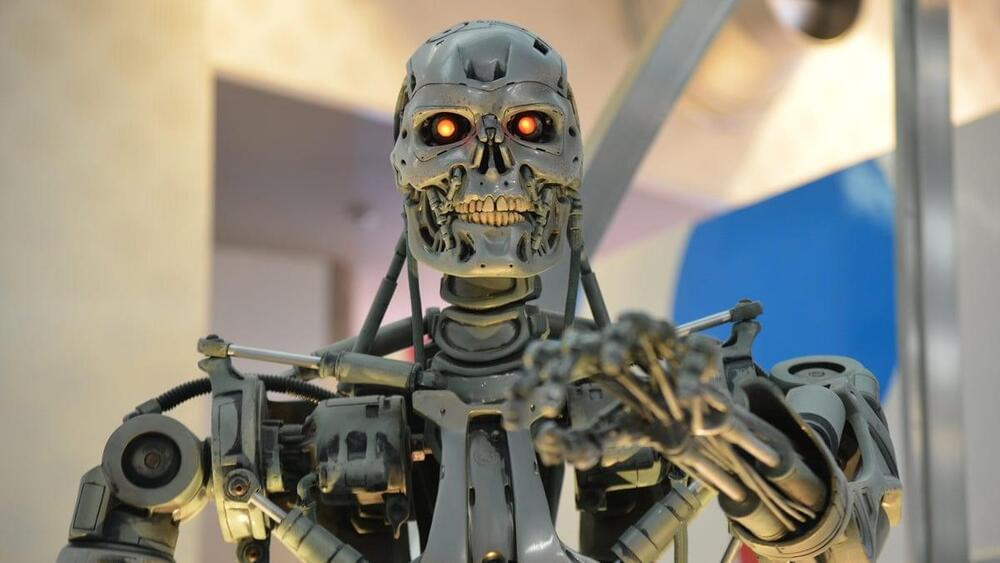The AI “arms race” commences. Silicon Valley is looking to capitalize on AI’s big moment, and every tech Goliath worth its salt is feverishly looking to churn out a new product to keep pace with ChatGPT’s 100 million users. Microsoft kicked things off nicely earlier this month with its integration of ChatGPT into Bing, with Microsoft CEO Satya Nadella proclaiming, “The race starts today.” The OG tech giant says it wants to use the chatbot to “empower people to unlock the joy of discovery,” whatever that means. Not to be outdone, Google announced that it would be launching its own AI search integration, dubbed “Bard” (Google’s tool already made a mistake upon launch, costing the company a stock slump). In China, meanwhile, the tech giants Alibaba (basically the Chinese version of Amazon) and Baidu (Chinese Google) recently announced that they would also be pursuing their own respective AI tools.
Do the people actually want an AI “revolution”? It’s not totally clear but whether they want it or not, it’s pretty clear that the tech industry is going to give it to them. The robots are coming. Prep accordingly!








